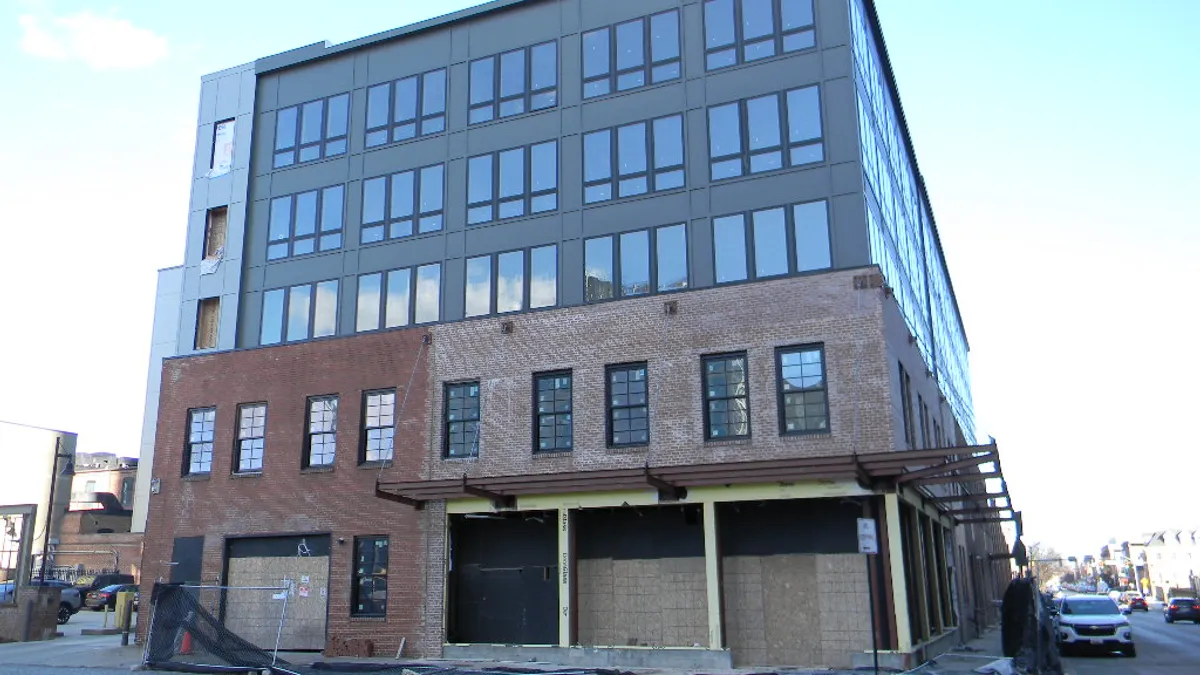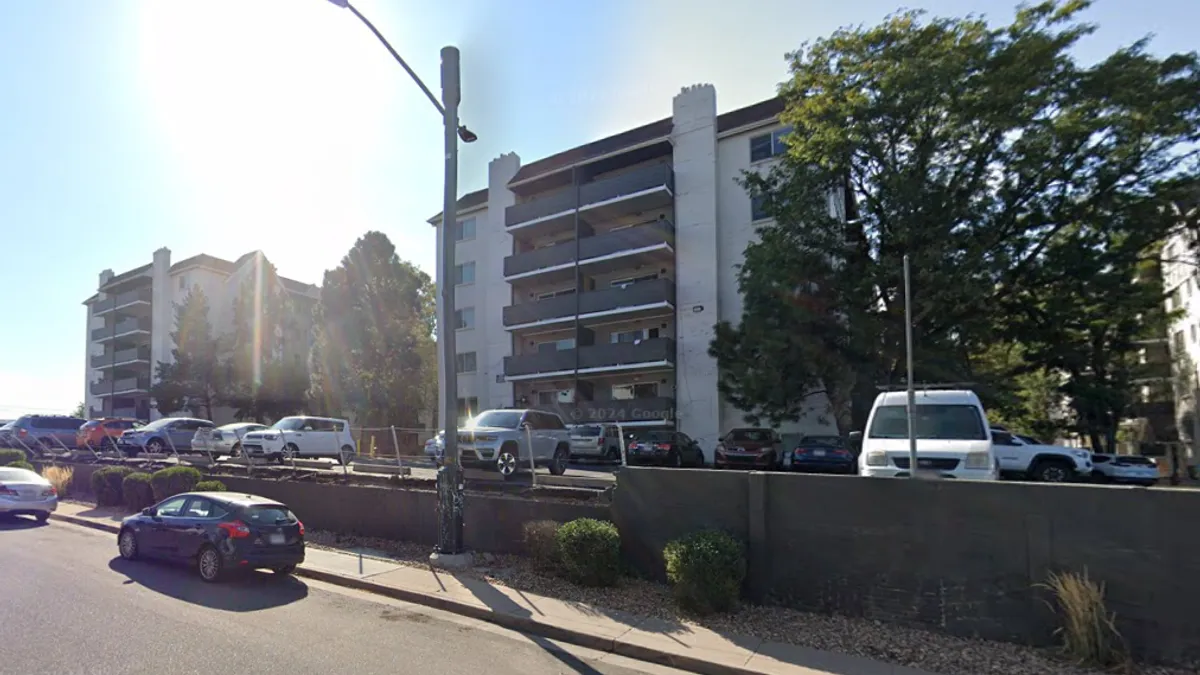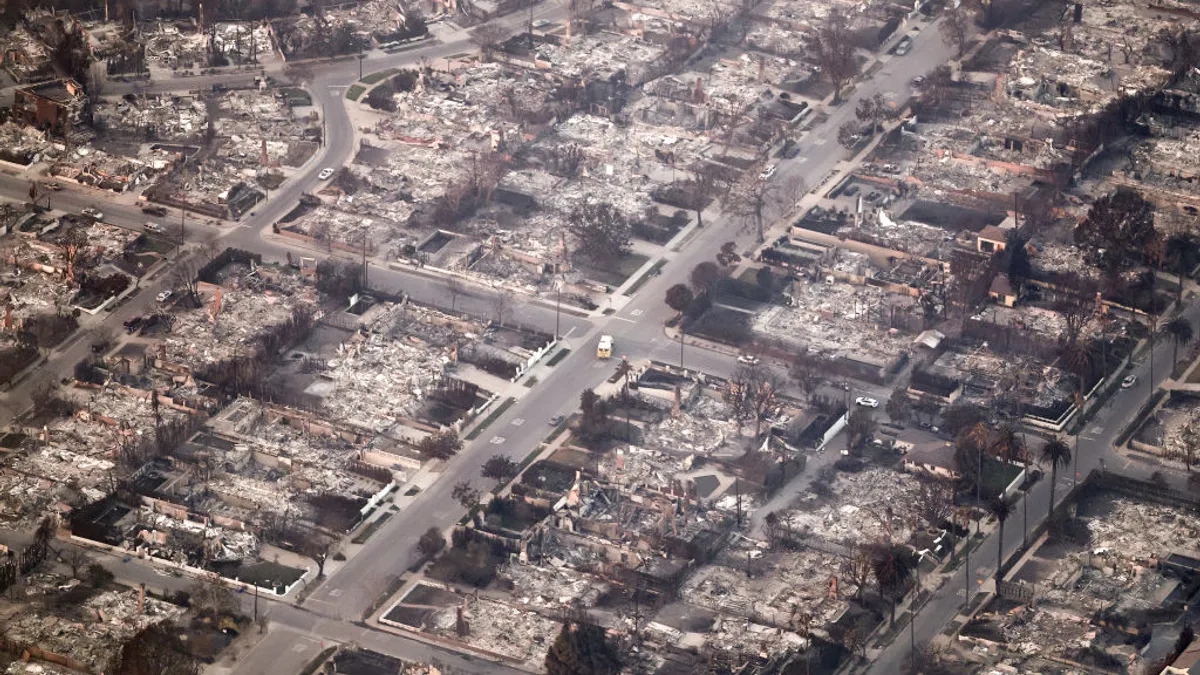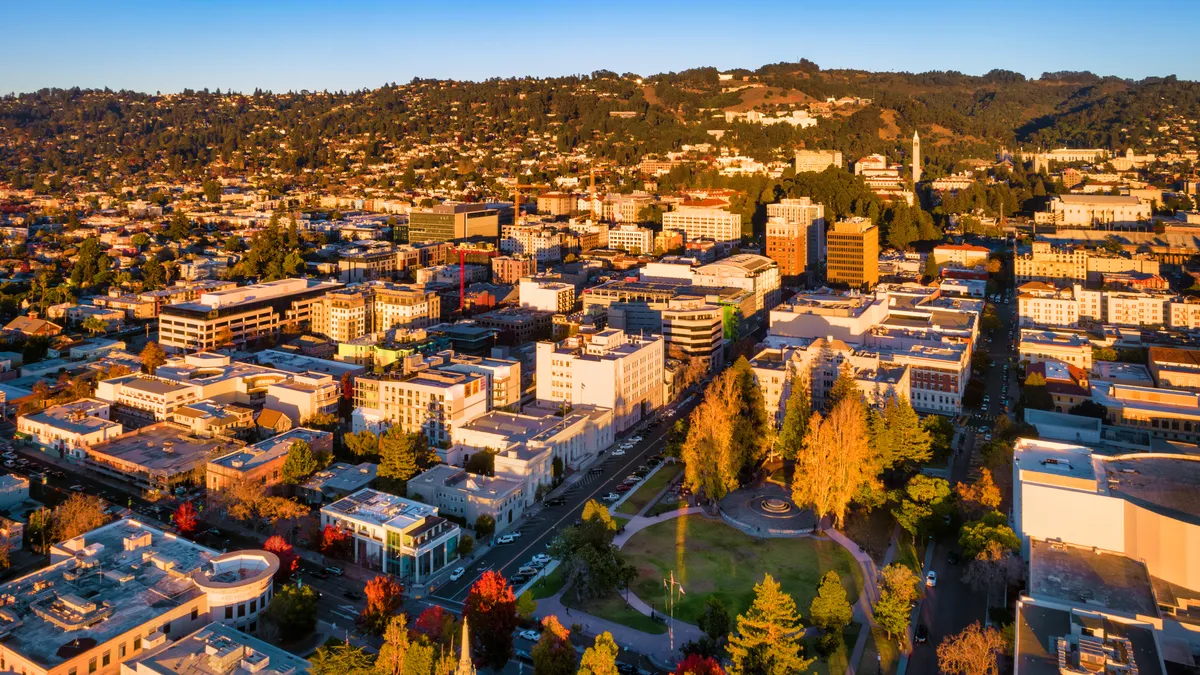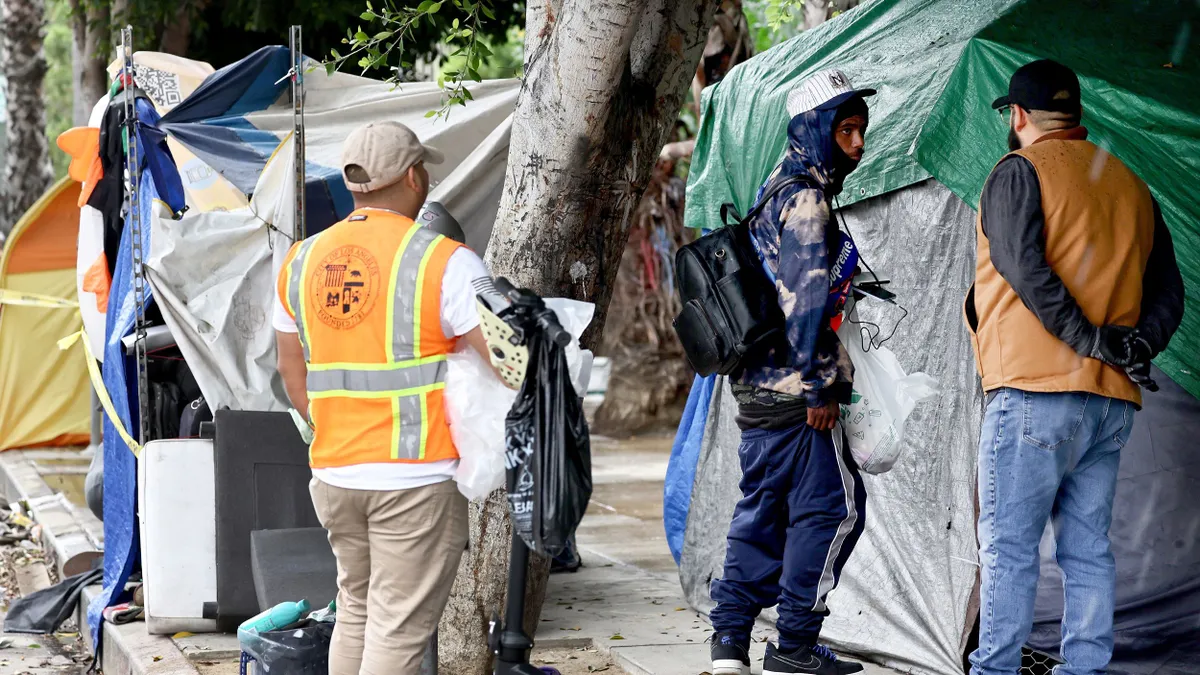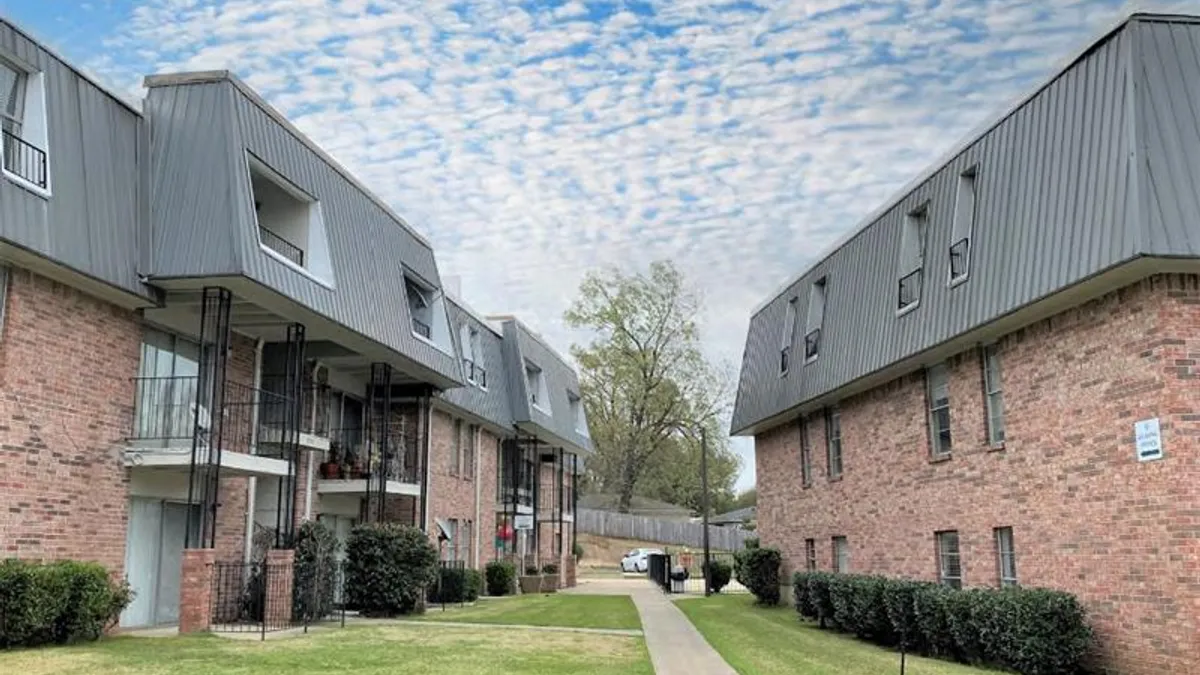When Terry Taplin was a local college student in Berkeley, California, he and his partner were forced to move out of the city to find an affordable place to live. They packed their bags and moved to South San Francisco with a friend and the friend's mom, an experience that Taplin described during an Urban Institute webinar last week as "terrifying" since there's a saying in Berkeley that once you leave, you never come back.
Taplin, now a member on the Berkeley City Council, eventually did move back to the city. But he said it struck him that as "a college town that is leading the world on all these justice issues — a beacon of inclusion and progress — why would it be impossible for these two young people to find an apartment?"
"It's because most of the city is zoned for single-family homes and that was deliberate," he said.
Taplin said the district he represents has a historically Black and brown working-class population and experienced disinvestment and has been downzoned — allowing reduced housing density — and is experiencing gentrification. His office is pushing for land-use reform to readdress what he described as a "legacy" of "segregation" in Berkeley.
Living in cities across the U.S. has increasingly become unaffordable. Home prices have surged, contributing to many renters falling behind on their payments or being evicted. Experts say the nationwide housing crisis is largely due to housing inventory not keeping pace with growing populations.
Local policies such as zoning restrictions are criticized by housing experts and some government leaders and community advocates for blocking the development of new housing that is needed to lower market costs. Local planning and zoning boards that approve projects are often influenced by vocal members of the community — often referred to as NIMBYs, standing for “not in my backyard” — who show up to meetings opposing new construction or zoning changes that would allow more housing density.
There has been recent momentum, however, to reform those policies. Last month, the Biden administration introduced a plan to give cities and towns with reformed zoning and land-use policies higher scores for certain transportation grant opportunities through the bipartisan infrastructure law. Massachusetts also recently passed legislation that provides funds for new housing and makes it easier for cities and towns to adopt “zoning best practices related to housing production.” California and Oregon have also passed laws in recent years banning all or nearly all restrictions that only allow single-family housing.
Redlining maps of the 1930s — in which the Federal Housing Administration and other entities refused to insure mortgages in or near Black neighborhoods — are comparable to zoning maps today, said Yonah Freemark, senior research associate of metropolitan housing and communities policy at the Urban Institute. The "historically Whitest, wealthiest communities throughout the country," he said, often have the fewest provisions allowing affordable housing and ban everything but single-family homes.
"The way that zoning districts were drawn across our communities were based on racist motivations and is encouraging racist outcomes today," said Freemark.
Planning agencies and professionals throughout the U.S. have contributed directly or indirectly to racial inequities through policies, practices and regulations such as inclusionary zoning, said Emily Liu, director of Louisville, Kentucky's Metro Planning and Design Services.
When zoning was developed in the U.S., it was supposed to separate incompatible uses like industrial and residential. But, over time, it became "a tool to separate people," Liu said. In Louisville and other cities, residential zoning has been divided into many different categories such as very low residential, low residential, medium residential, and high residential, she said.
"[The lowest] residential has to be protected from everybody else," Liu said. "The early years, planners not only helped create single-family zoning but also defended it."
Over the decades, she said those restrictions have not changed despite being the root cause for segregated neighborhoods and for a White and Black wealth gap that still exists today.
'Uncracking that history'
Freemark was part of an Urban Institute team that recently launched a website that provides basic information for local policymakers and community leaders about the basics of zoning and how it affects racial equity.
When reforming zoning to promote racial equity, local, state and federal leaders need to think beyond the basic zoning maps, said Freemark.
For instance, rules such as variances, conditional uses, or zoning changes that allow developers to get around baseline regulations are often applied inequitably, he said. And parking requirements or impact fees can make affordable housing projects very difficult. Review and approval systems that local governments use can also, in many cases, make building multifamily housing projects challenging, according to Freemark.
Lastly, he advised local leaders to think about who the people actually making choices in their communities are. "Who's on the planning board and are they representative of the community at large?" Freemark asked.
Researchers have found that public engagement in the land use and zoning processes are generally dominated by White, male, affluent homeowners, said Eleanor Noble, a research analyst for metropolitan housing and communities policy at the Urban Institute. However, Noble said it's also still unknown how diverse the administrative and governing bodies that make the decisions actually are.
"Our perspective is that effectively rethinking the zoning code to promote racial equity means thinking about all these together, in parallel, and finding ways that they result in equitable outcomes on top of changes to the baseline zoning map," Freemark said.
Louisville has been racially segregated by deed restrictions, urban renewal practices, minimum lot sizes, minimum home sizes, exclusion of accessory dwelling units or multifamily homes that allowed low density and kept "undesirable people out," said Liu.
Following the 2020 social justice movement sparked by the police killing of George Floyd, Liu and her team worked with members of the city's metro council and the planning commission to adopt a resolution acknowledging that history and calling for a reform of the city's zoning. They are now actively engaging with the public about recommended reforms.
"We know the history, we know it was intentional so we feel that uncracking that history will also need to be intentional and focus on equity," she said.
The Berkeley City Council earlier this year passed a resolution to start a zoning reform process that would roll back single-family restrictions in the city and legalize fourplexes — buildings with four units of housing — a move Taplin said would allow older empty-nest adults to subdivide their homes and provide opportunities for lower-income people to move into more expensive neighborhoods.
"Fourplexes, as a missing middle housing for moderate-income households, would allow us to make sure that our district isn't losing teachers or folks in our fire department," he said.
But, Taplin said the move would be just one piece of a comprehensive overhaul of the city's exclusionary zoning policies that he is trying to push forward. So while the council passed a resolution to start the process, he and zoning reform supporters need to "survive each and every skirmish" with his colleagues and other members of the community who are more resistant to changes.








